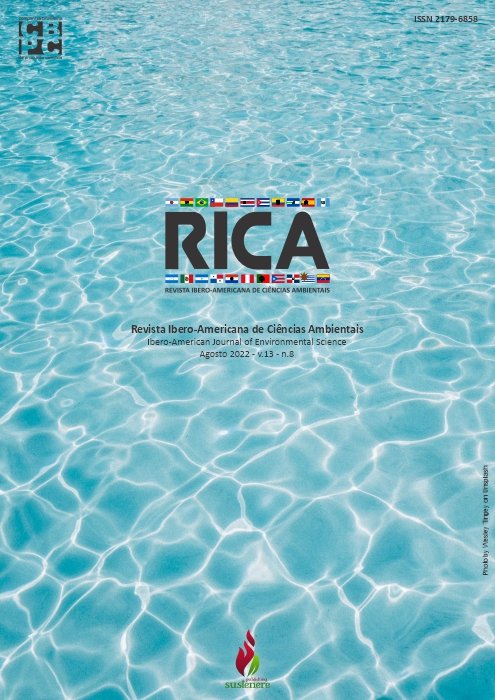Taxonomic and functional diversity of confined ichthyofauna during hydroelectric generating unit stop
DOI:
https://doi.org/10.6008/CBPC2179-6858.2022.008.0019Keywords:
Species attributes, Life strategy, Ichthyofauna protectionAbstract
Changes in hydrological flow and water quality variables can change the natural dynamics of all aquatic biota, especially the composition of fish assemblages. Species can respond in different ways, according to their adaptation, potential for local establishment and their life history. Response variations are different on different scales. However, there are still many gaps in knowledge about the biological effects after the implementation of hydroelectric plants. With the aging of the reservoirs, it is possible to perceive more clearly the possible effects on aquatic communities, from the superposition of species with more generalist and sedentary functional attributions to the local extinctions of species with more specialized habits. In this sense, secondary data from the seven-year Ichthyofauna Rescue and Rescue Program (PRSI) were analyzed (November/2013 to January/2021), in the suction tube of the 50 generating units and in the drawers of the wagon gate of the UHE Jirau, from the perspective of the fish assemblage process in reorganizing taxonomic and functional compositions. Although recent, it was not observed that the discontinuity of the Madeira River by the installation of the UHE Jirau caused changes in the taxonomic and functional diversity of the ichthyofauna in approaching its structures. The evaluation between the margins, right and left, did not show variations in the compositions of the communities. The incorporation of the functional attributes of the fish in the evaluations of the interface areas of the hydroelectric projects and downstream of the reservoir allows a better understanding and description of the communities of these organisms, which are part of the general dynamics of the ecosystem and play essential roles in the food chain, cycling of nutrients, energy transfer and genetic structure.
Downloads
Downloads
Published
Issue
Section
License
Copyright (c) 2023 Ibero-American Journal of Environmental Sciences

This work is licensed under a Creative Commons Attribution-NonCommercial-NoDerivatives 4.0 International License.
The CBPC - Companhia Brasileira de Produção Científica (Brazil CNPJ: 11.221.422/0001-03) the material rights of the published works. The rights relate to the publication of the work anywhere in the world, including rights to renewals, expansions and dissemination of the contribution, as well as other subsidiary rights. All electronically published works may subsequently be published in printed collections under the coordination of this company and / or its partners. The authors preserve the copyright, but are not allowed to publish the contribution in another medium, printed or digital, in Portuguese or in translation.









